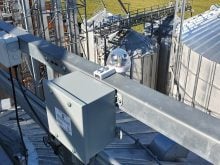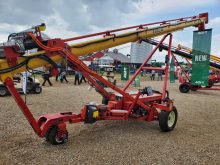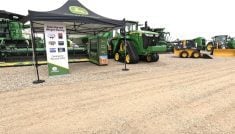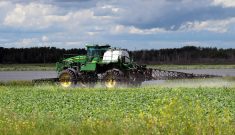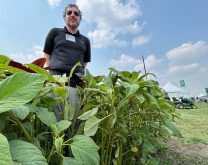It’s payday on the Prairies and combines are going full tilt to collect on a season’s investment in time and inputs.
Marcel Kringe says it’s a shame that too much of that crop blows out the end of combines, which reduces income and adds input costs next year to control volunteers.
In a previous life, Kringe travelled the world working on harvest optimization, which involved setting combines to make them more effective and efficient. He and his colleagues soon found that simply looking at the ground behind the combine was not an effective way to estimate losses. Throwing pans under the combine was better, but dangerous.
Read Also
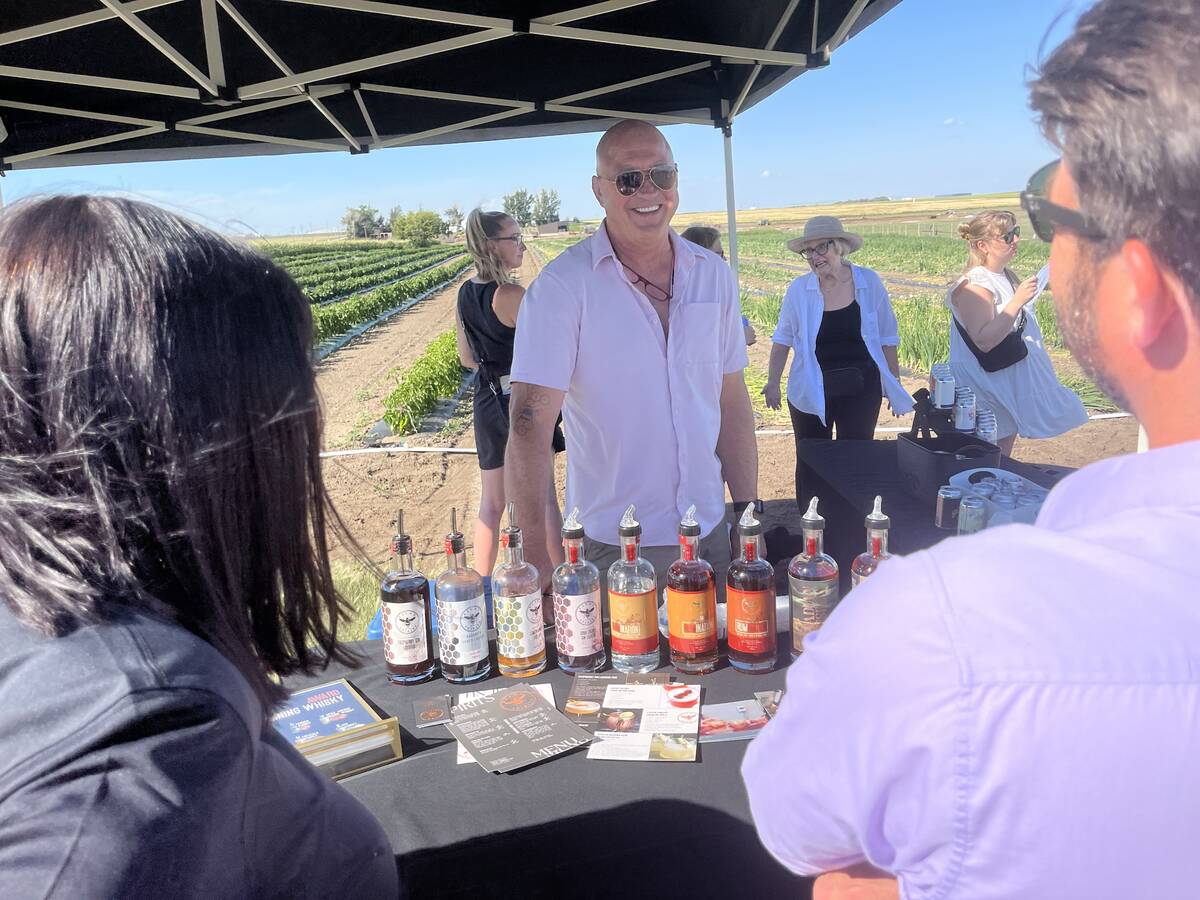
From farmer to award-winning distiller
Pivot Spirits showcases transition from farmer to distiller with provincial award-winning results in Alberta for Lars Hirch
“That’s very dangerous when you come close to the tires,” he says. “We heard lots of stories over the years where people almost got driven over by a combine.”
Once they started measuring properly, Kringe and his colleagues found that combines were throwing much more grain out the back than expected.
“Looking on the ground, you may think you see it all, but you don’t see the broken kernels, you don’t see the small kernels,” he says. “It can easily be double or triple the loss that you actually think you have.”
Kringe set out to create a better system that was not only safer but more accurate and efficient for farmers to use. Bushel Plus, based in Brandon, Man., came to the market in 2016.
“We basically built a system that throws the pan for you,” he says. “That’s the Bushel Plus SmartPan system with a quick air separator for cleaning, and our SmartDrop app that can really calculate all the way down to dollars for product lost.”
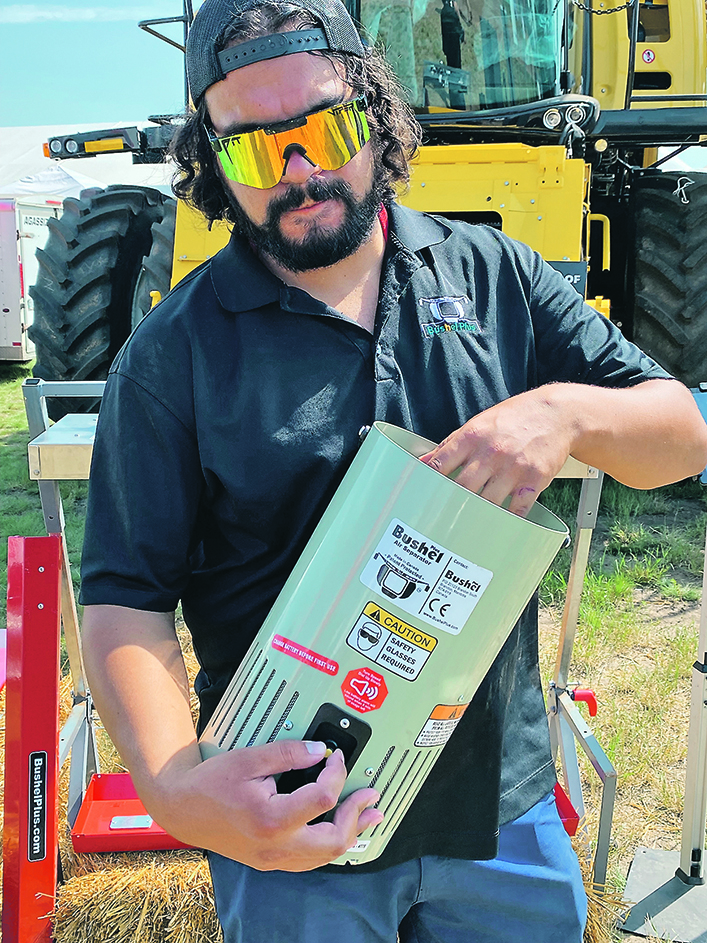
How much is being lost? Kringe cites Prairie Agricultural Machinery Institute research from several years ago that showed four to six bushel per acre losses on canola fields in Western Canada.
His own examples from the field show combine performance is all over the place. Some farmers have detected a two bushel per acre loss rate and managed to cut this to half a bushel. (Bushel Plus aims for less than one bushel of loss per acre.)
Other farmers have fared worse, such as a producer Kringe visited in the southern United States.
“In a 55-bushel wheat crop, they were throwing 10 bushels per acre out the back, which is too much,” he says. “But the thing is, people thought that machine was dialed in, but it wasn’t calibrated properly. It all comes back to checking what the machine is doing and recalibrating it.”
Getting this calibration right requires significant knowledge, from concave settings, header feed, threshing set up, sieve setup and more. Providing this knowledge is part of the Bushel Plus offering.
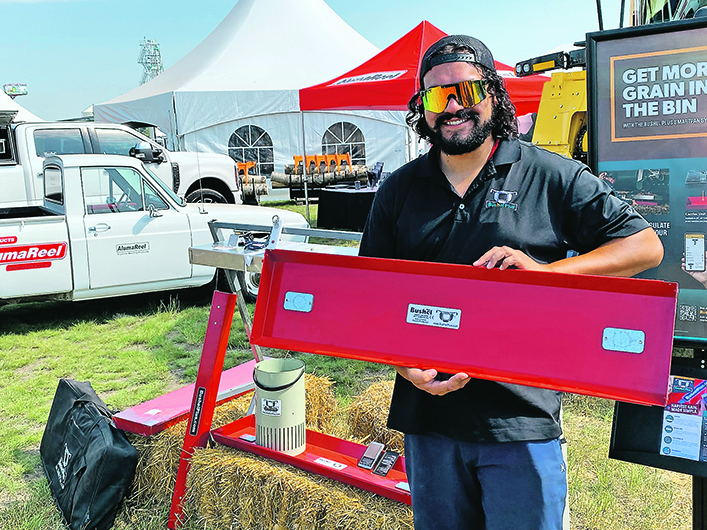
The company has taken experiences and farmer feedback from the 35 countries it sells into, from Europe to Australia and the Americas, and has packaged them as workshops for farmers, such as the Harvest Academy held at Olds College in Alberta in August.
“The Harvest Academy is really our educational department of Bushel Plus, and we’ve launched this officially here in the spring,” Kringe says. “We have a company called AgrarTraining in Germany and we are continuing their business. We took that over in the fall of 2020, and we’re doing a lot of clinics and trainings in Europe.”
For Rose Valley farmer Abe Hiebert, Bushel Plus has been a hands-down success, and he stopped by the company’s booth at Ag in Motion to say as much.
“We came across this product a year or two ago and to say it’s worth it’s weight in gold is an understatement,” he says. “We were pretty iffy about it, not sure whether we wanted to use it or not, but we gave it a try one year. I think it paid for itself — it had to pay for itself in one day.”
Hiebert explains that like many farmers, his practice was to use the combine settings and look back at the tank. The Bushel Plus system showed he was losing about three per cent an acre, which he was able to lower below one per cent.
“We really like this product. It’s one of the best things you could ever put on a combine,” he says.
Losses off the combine were also top of mind for Battleford, Sask., farmer Trevor Scherman and his dad, Pat. They couldn’t determine how much grain might be flying out the back of their combines. Instead, the emphasis was on pushing the combine as hard as it could go to get maximum acres per hour.
Also, on the manufacturer side, the Schermans felt most combines are optimized for big-acre crops in U.S. fields.
“They’re kind of corn and soybean combines and we generally adapt them quite a bit,” Trevor said. “We want to just make sure that they’re dialed in for canola, especially, is kind of the big dollar one.
“You lose a couple bushels an acre — we’re talking $30 an acre. So that’s more than you spent on fungicide that you’re losing.”
To plug this yield leak, the Schermans came up with a simple drop pan system attached to the combine with electromagnets. A remote control releases the pan whenever the operator wants a sample.
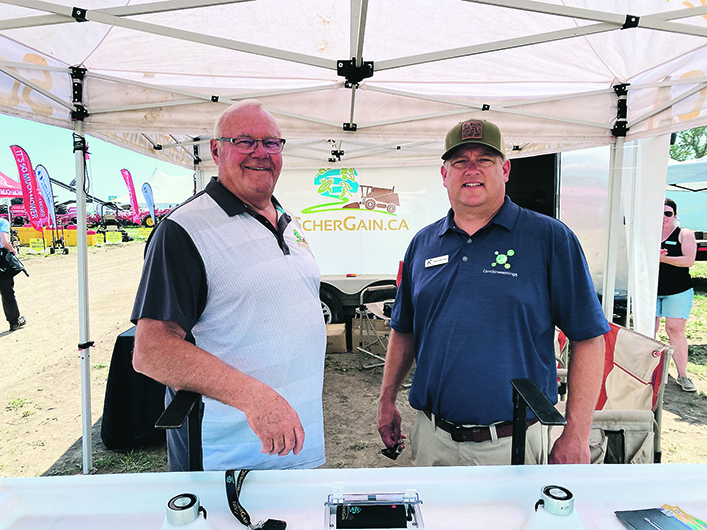
The sample from the pan goes into a measuring cup that looks much like a rain gauge. Match the number from the gauge with the ScherGain loss chart, and the operator knows how much grain is being lost.
Pat says the system is designed by farmers, for farm conditions — simple, easy to use and hard to break. He recalls one customer sheepishly confessing they had run over their drop pan and wondered if it could be fixed. He told him to bring it by the shop on the farm where he made the necessary repairs.
ScherGain has been on the market for about seven years, and Trevor says the reception has been dramatic. A ScherGain system runs about $2,000 and can pay for itself in an hour of combine run time.
“We kind of shook up the industry,” he says. “Six, seven years ago, everyone’s like, ‘What do you mean? I paid all this money for this combine, and I’m losing what?'”
Pat says their system also guides producers in running their machines and instructing their operators. He said one customer told him the ScherGain system showed high losses that they traced back to running speed. In their rush to get the field harvested, the customer’s operators were leaving much of the crop on the ground.
“It’s very humbling, once you drop the pan,” Trevor says. “We’ve had guys that have told us that they know what they’re doing, very quickly asking for help because their losses are $50, $60 an acre.”
Setting up a combine to solve the problem can be a daunting task. As machines become larger, more powerful and more complex, variables of horsepower, threshing and separating power can make it extremely difficult to dial in optimum performance. Trevor’s phone started pinging with text messages.
Farmers run different combines and harvest different crops in different geographic areas. The Schermans decided to crowdsource the answers to various problems with a second company, combinesettings.com.
Essentially a peer-to-peer web app, it allows farmers to access knowledge from other farmers with the same challenges. It’s also far reaching so, for example, if a farmer in northeast Saskatchewan is experiencing rare dry conditions, he can reach out to producers in the southwest, where such conditions are common.
To use combinesettings.com, farmers enter their own settings as well as any aftermarket equipment. From there, it shows all the combines in the area with similar configurations.
Like many social media apps, combine settings that get the most approvals from farmers come to the top, whereas less-optimal ones drift to the bottom.
Combinesettings.com has secured partnerships with manufacturers such as Claas, John Deere and Case IH to provide settings information to the web app. Other manufacturers have reached out to do the same.
Contact michael.robin@producer.com



